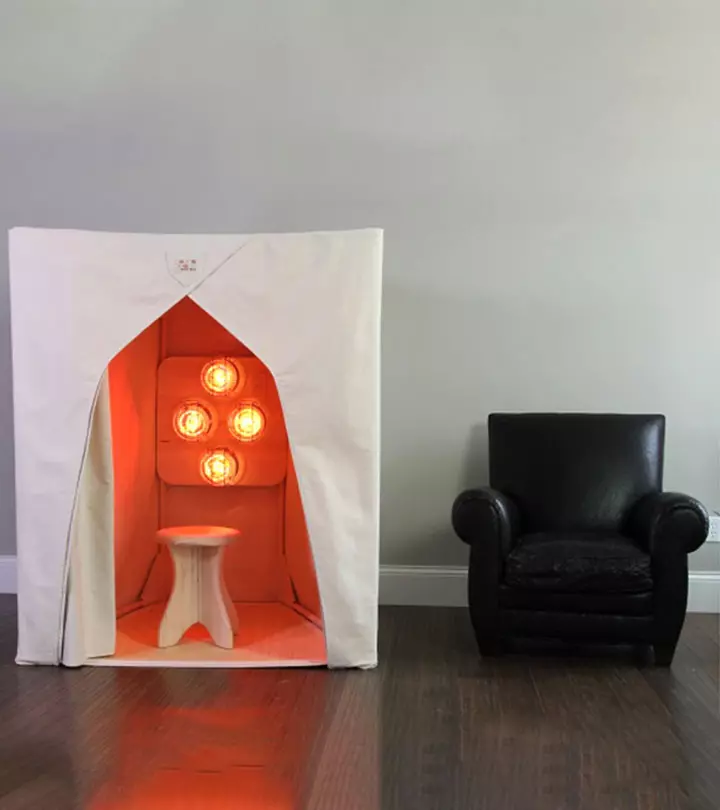

Image credit: mamanatural
You may have come across several procedures and methods that offer to help during labor. But, did you know that acupressure can turn out to be quite an effective pain reliever and can calm a birthing woman and help the labor progress efficiently? Well, it does! Acupressure has branched out from acupuncture, the branch of traditional Chinese medicine. The procedure involves applying direct pressure to a specified area such using fingers, thumbs, elbows, knuckles, round objects or blunt ends of pens or pencils. Here’s more on what acupressure is and when and how you must practice it during labor:

What Is Acupressure?
Acupressure is based on the principle that there are twelve invisible meridians running in pairs along each side of the body, each pair corresponding to a specific organ. The meridian that the acupressure points lie on is given a specific number.
When Should You Use Acupressure For Labor
It’s ideal to start practicing acupressure before labor. You can apply pressure on all the acupressure points, but you need to regulate the amount of pressure you exert. You will want to use high pressure only during labor when you press the points firmly enough so that you can tolerate labor. You should be able to feel an electrical sensation or heaviness, besides the pressure. However, you will have to consult with your doctor or midwife on using acupressure for labor.
How Frequently Must You Press The Acupressure Points
Beginning from the early stages of labor, you may want to continue applying pressure at regular intervals to facilitate intense acupressure in the later stages of labor. Communicate with your acupressure support provider as you experiment with the pressure points and let her know what’s working the best for you or the points that make you feel better. The reality is that the everyone is different in how long the points must be pressed and how frequently pressure must be applied.
What Are The Acupressure Points?
Large Intestine 4:
It’s a point that helps in the onset of labor. The best part is that women can press this point by themselves without any assistance. She can start pressing the point in about the last two weeks of pregnancy or during labor. Pressing at this point helps a woman feel the urge to push.
Lower Back Points:
If you are experiencing labor or if you are in the middle of an intense contraction, lower back points serve as counter pressure. Located in the lower back region (at the time the points are a bit outwards on, the lower back), the laboring woman can have pressure applied on these points depending on how she feels. You can take the support of a person to apply pressure at these points through their knuckles. Anytime you feel a contraction; you might want to lean in with their body weight.
Kidney 1:
Located at the center of your sole, in the depression adjacent to the bottom of the ball of the foot, this point pulls energy downward. It is a great spot during the transition period of labor as it helps to calm the stress and anxiety.
Urinary Bladder 60:
This point is good for increasing circulation and provide pain relief in the body especially during the transition phase of labor.
Spleen 6:
Located in the inner calf approximately four fingers wide up along the tibial bone, this spot can be found in a tender spot. Look for it in the case of a stalling labor along with the large intestine 4 points to help bring stronger contractions.
While acupressure experts will recommend these points, you might want to experiment and see which ones make you feel the best and what works the best during labor. You could also change the points depending on the stage of labor.
Community Experiences
Join the conversation and become a part of our nurturing community! Share your stories, experiences, and insights to connect with fellow parents.












